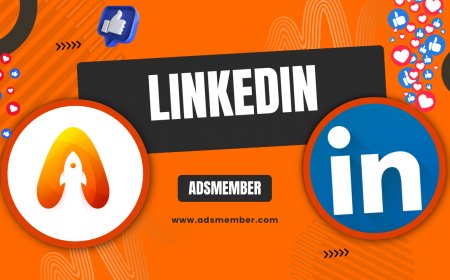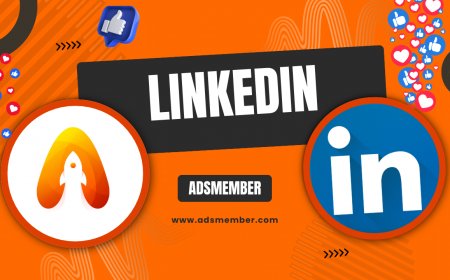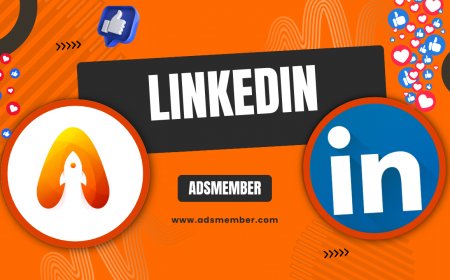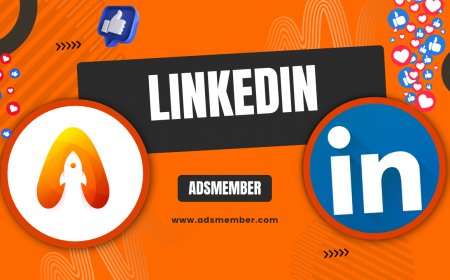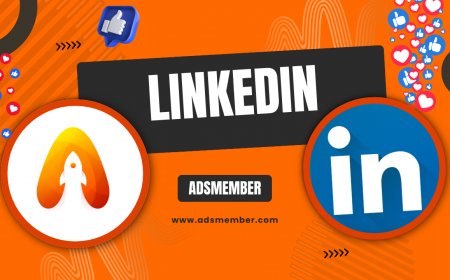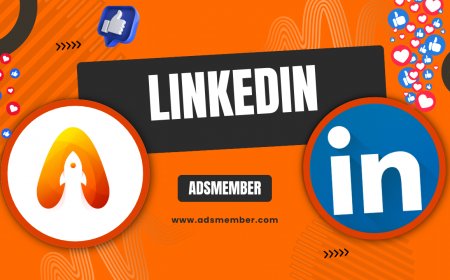How to Create Stunning LinkedIn Backgrounds That Impress
Discover how to design stunning LinkedIn backgrounds that elevate your profile. Learn expert tips, tools, and unique ideas to stand out professionally.
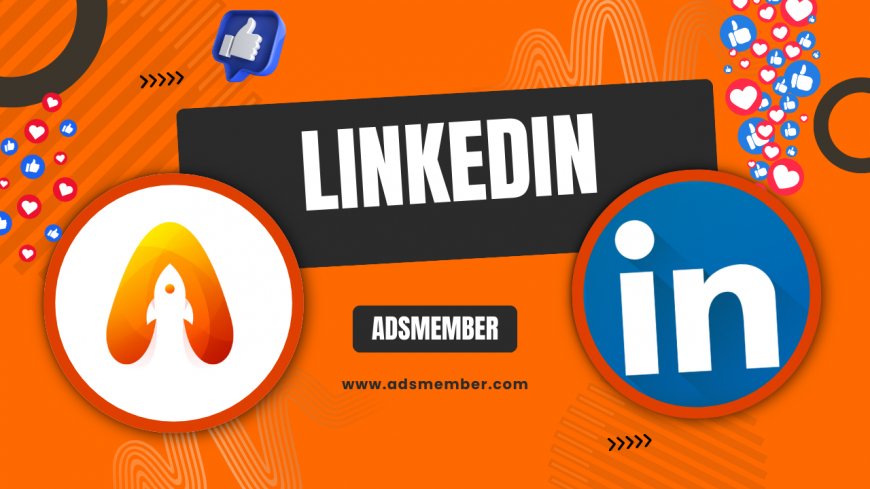
Let’s be real—your linkedin-skills-for-maximum-visibility">LinkedIn profile is often the first impression you make on recruiters, clients, or colleagues. And while a polished headshot matters, your LinkedIn background (or banner) can truly set the tone for your personal brand. Honestly, I’ve seen generic backgrounds tank an otherwise solid profile. A custom, eye-catching design? That’s a game-changer. In this guide, I’ll walk you through crafting LinkedIn backgrounds that scream professionalism and personality, with actionable steps, tools, and some insider tips you won’t find elsewhere.
Why LinkedIn Backgrounds Matter for Your Brand
Your LinkedIn background isn’t just a pretty picture—it’s a billboard for your professional story. According to LinkedIn’s own data, profiles with custom banners get 6x more profile views (LinkedIn Blog, 2022). In my opinion, a bland or default background signals missed opportunity. It’s like showing up to a meeting in pajamas. Let’s dive into making yours unforgettable.
First Impressions Count
When someone lands on your profile, the background is the first visual they notice. A well-designed banner can convey your industry, skills, or personality instantly. I’ve worked with clients who saw connection requests spike after updating their banners—visuals matter!
Branding Consistency
Consistency across platforms builds trust. If your LinkedIn background aligns with your website or other social profiles (like those on Instagram Tips), it reinforces your brand. Think of it as your digital business card.
Steps to Design Custom LinkedIn Backgrounds
Creating a standout LinkedIn background doesn’t require a design degree. With the right tools and approach, anyone can do it. Here’s my step-by-step process based on years of tweaking profiles for maximum impact.
Step 1: Know the Specs
LinkedIn backgrounds have specific dimensions: 1584 x 396 pixels. Anything outside this risks cropping or pixelation. I’ve seen too many great designs ruined by ignoring this. Use a tool like Canva (free templates available) to start with the correct size. Double-check the safe zone—key elements shouldn’t overlap with your profile photo area.
Step 2: Choose a Relevant Theme
Pick a theme that reflects your profession or personality. For tech pros, abstract digital patterns work well. Creatives? Bold colors or portfolio snippets. I once helped a marketer use a subtle cityscape with their tagline—simple but powerful. Avoid clutter; less is more.
Step 3: Incorporate Branding Elements
Add your logo, website URL, or a tagline if relevant. Use fonts and colors consistent with your brand. Pro tip: Place text on the right side to avoid overlap with your profile pic. Tools like Adobe Spark or Figma help with precision.
Tools for Crafting LinkedIn Backgrounds
You don’t need to splurge on expensive software to create stunning LinkedIn backgrounds. Here are my go-to tools, each with unique perks for different skill levels.
Canva: Beginner-Friendly Magic
Canva offers free LinkedIn banner templates with drag-and-drop simplicity. Customize colors, fonts, and images in minutes. I’ve used it for quick client mockups—it’s a lifesaver. Check their library for industry-specific designs.
Adobe Photoshop: Pro-Level Control
For advanced users, Photoshop lets you fine-tune every pixel. Layer effects, custom gradients, and high-res outputs make it worth the learning curve. Honestly, nothing beats it for polished results.
Unique Ideas for LinkedIn Backgrounds
Want to stand out? Ditch the stock photos everyone uses. Here are some creative ideas I’ve tested or seen work wonders.
Showcase Achievements
Highlight a recent award, project, or milestone subtly in your design. One client used a faint overlay of their “Top 50 Innovators” badge—it sparked conversations without bragging.
Use Data Visualization
If you’re in analytics or tech, embed a sleek chart or infographic. I’ve seen a data scientist use a minimalist graph of industry trends—super niche and memorable.
Case Study: Transforming a Profile with a Custom Background
Let me share a quick story. A freelance consultant I worked with had a default LinkedIn background—zero personality. We designed a banner featuring a muted workspace image with their tagline, “Strategy Simplified,” in bold text. Within a week, their profile views jumped 40% (tracked via LinkedIn Analytics). Connection requests followed. It’s proof that small tweaks, like a tailored LinkedIn background, can yield big results.
Visual Inspiration: LinkedIn Background Infographic
Common Mistakes to Avoid with LinkedIn Backgrounds
Even with the best intentions, some errors can sabotage your design. I’ve made a few myself over the years—learn from my missteps!
Overloading with Text
Too much text makes your banner look cluttered. Stick to one key phrase or URL. I’ve seen profiles with full bios in the background—it’s unreadable and unprofessional.
Ignoring Mobile View
LinkedIn’s mobile app crops banners differently. Test your design on both desktop and mobile. Trust me, I’ve had to redesign banners after forgetting this step.
FAQ: What Are the Best Dimensions for LinkedIn Backgrounds?
The ideal size for LinkedIn backgrounds is 1584 x 396 pixels. This ensures no cropping or distortion across devices. Always preview your design on LinkedIn before finalizing to confirm alignment with your profile photo.
FAQ: Can I Use Free Tools for LinkedIn Backgrounds?
Absolutely! Tools like Canva and Crello offer free templates tailored for LinkedIn banners. They’re user-friendly and provide professional results without a steep learning curve. Start with their free plans to experiment.
FAQ: How Often Should I Update My LinkedIn Background?
Update your background every 6–12 months or after major career milestones like a promotion or rebrand. Fresh visuals keep your profile relevant and engaging to returning visitors.
FAQ: Should My LinkedIn Background Include Personal Info?
Keep personal info minimal for privacy. Include a website URL or tagline, but avoid emails or phone numbers. Focus on branding over direct contact details—use LinkedIn’s built-in fields for that.
FAQ: Where Can I Find Inspiration for LinkedIn Backgrounds?
Check out industry leaders’ profiles on LinkedIn for ideas. Platforms like Behance or Dribbble also showcase creative designs. Adapt trends to fit your unique style for the best impact.
What's Your Reaction?
 Like
0
Like
0
 Dislike
0
Dislike
0
 Love
0
Love
0
 Funny
0
Funny
0
 Angry
0
Angry
0
 Sad
0
Sad
0
 Wow
0
Wow
0




































